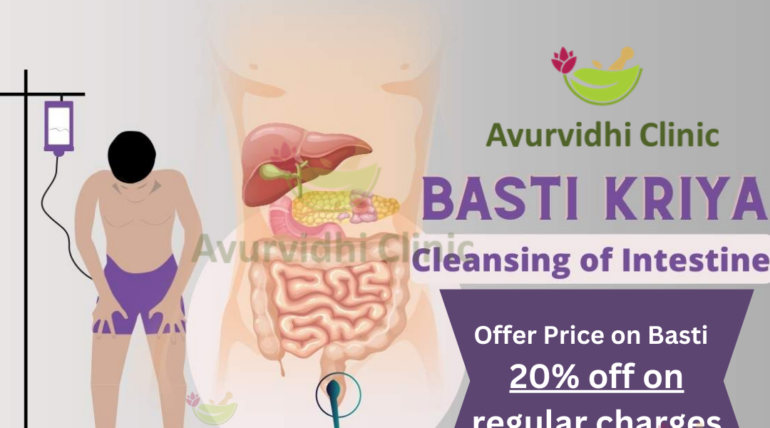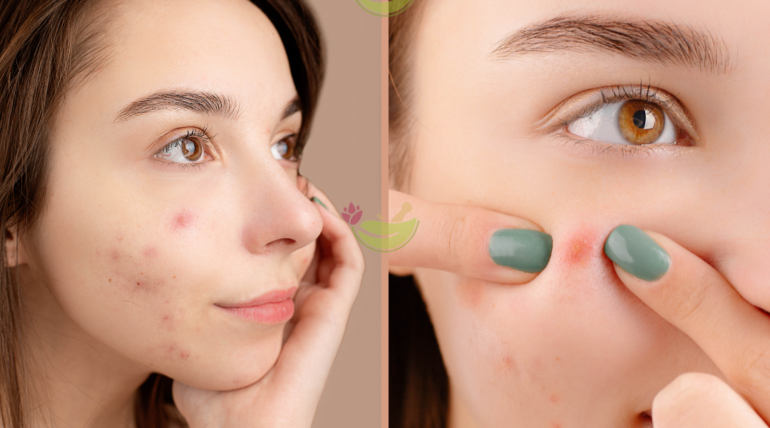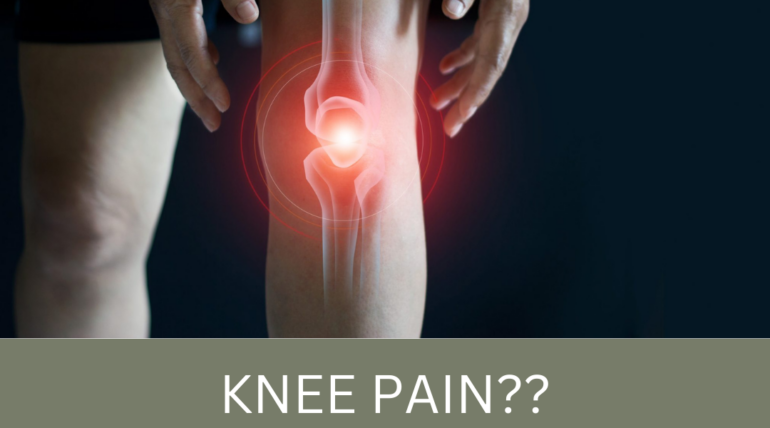Chikungunya: Ayurvedic Management, Signs, Symptoms, and Diet Recommendations
Introduction:
Chikungunya is a viral infection transmitted by mosquitoes, primarily the *Aedes aegypti* and *Aedes albopictus* species. This disease is prevalent in tropical and subtropical regions, and outbreaks have been reported across Africa, Asia, and India. Though rarely fatal, chikungunya can cause severe discomfort due to its hallmark symptom of joint pain.
In Ayurveda, chikungunya is seen as an imbalance in the body’s dosha (Vaata, Pitta, and Kapha) caused by the invasion of external pathogens. Ayurvedic treatments aim to manage symptoms and restore balance through natural remedies, diet, and lifestyle modifications.
In this blog, we’ll explore the signs and symptoms of chikungunya, the Ayurvedic perspective on the disease, effective Ayurvedic treatments, and dietary recommendations for managing it.
Signs and Symptoms of Chikungunya:
Chikungunya has a rapid onset of symptoms, which typically appear 4 to 8 days after being bitten by an infected mosquito. The most common signs and symptoms include:
- Fever: Sudden onset of high fever, often exceeding 102°F (39°C), which may last several days.
- Joint Pain (Arthralgia): Intense joint pain that may persist for weeks or months after the initial infection. It most commonly affects the wrists, ankles, and knees.
- Muscle Pain: Myalgia or muscle pain is common and often accompanies joint pain.
- Skin Rash: A maculopapular rash (red spots) may appear on the trunk, limbs, or face. The rash typically lasts for a few days.
- Fatigue: Weakness and fatigue are common symptoms that can linger even after the fever has subsided.
- Headache: Severe headaches, often located around the forehead, are frequently reported.
- Nausea and Vomiting: Some individuals may experience gastrointestinal issues like nausea, vomiting, or diarrhea.
While these symptoms can be extremely uncomfortable, chikungunya is generally not life-threatening. However, lingering joint pain can significantly affect a person’s quality of life, leading to a need for holistic and effective treatment options.
Blood Investigations for Chikungunya:
CBC or Heamogram
ESR
ELISA
can be advised to ruled out chikungunya.
Ayurvedic View of Chikungunya
In Ayurveda, chikungunya can be understood as a condition resulting from the aggravation of Vaata and Pitta dosha. The viral infection disrupts the balance of these doshas, leading to fever (Pitta imbalance) and joint pain (Vaata imbalance). The disease can be compared to “Sandhi-gata -jwara,” or “Sandhik Sannipaat” a type of fever that affects the joints and muscles, often linked to seasonal and environmental factors, such as exposure to external pathogens.
Ayurveda focuses on strengthening the immune system (Vyadhikshamatva) and balancing the aggravated dosha while eliminating toxins (aama) from the body.
Ayurvedic Management of Chikungunya
A) Herbal Remedies:
- Guduchi (Tinospora cordifolia): Guduchi is a powerful immune booster that helps manage fever and detoxifies the body. It helps restore balance in both Vaata and Pitta dosha.
- Tulsi (Ocimum sanctum): Tulsi is revered in Ayurveda for its antiviral, anti-inflammatory, and immune-enhancing properties. It is beneficial in reducing fever and respiratory discomfort.
- Shunthi (Dry Ginger): Shunthi helps in improving digestion, reducing nausea, and alleviating joint pain caused by Vaata imbalance.
- Shallaki (Boswellia serrata): An excellent herb for managing chronic inflammation and joint pain.
B) Ayurvedic Formulations:
- Mahasudarshan Churna: This herbal powder is traditionally used for managing fevers and viral infections. It helps detoxify the body and supports the immune system.
- Amritarishta: A liquid formulation that helps manage fever and strengthens the immune system, balancing Pitta and promoting recovery from infections.
- Rasna Saptak Kwath: An Ayurvedic decoction specifically formulated to manage joint pain and swelling, making it useful for chikungunya-induced arthralgia.
- Dashamularishtha: An ayurvedic decoctions formulated for vaata disorder management that can be used in Chikungunya pain management.
All medicines are advised to be consumed after medical advice only.
C) Dietary Recommendations for Managing Chikungunya
Diet plays a crucial role in both recovery and prevention of chikungunya. During the illness, it’s important to eat foods that balance Vaata and Pitta dosha while promoting easy digestion and immune function.
Do’s:
– Warm, Nourishing Foods: Opt for light, easily digestible meals like khichdi, soups, and broths. These help balance Vaata and Pitta while providing energy for recovery.
– Fresh Vegetables: Include cooked leafy green beans, carrots, pumpkin, and other vegetables that are easy to digest. Avoid raw foods during the recovery phase, as they are harder to digest and can aggravate Vaata.
– Herbal Teas: Drink herbal teas made from Tulsi, ginger, and turmeric to boost immunity, reduce inflammation, and improve digestion.
– Hydration: Stay hydrated with warm water or coconut water. It helps flush out toxins and supports overall healing.
– Ghee: Use ghee in moderate quantities to lubricate the body internally and balance Vaata.
Don’ts:
– Avoid Spicy and Oily Foods: Spicy, fried, or overly greasy foods can aggravate Pitta and slow down digestion, leading to aama (toxins) buildup.
– Cold Foods: Cold drinks, ice creams, and refrigerated foods should be avoided as they can disturb the digestive fire (Agni) and aggravate Vaata.
– Heavy Foods: Avoid meat, excessive dairy, and hard-to-digest food items like pizza or processed snacks, as they can create toxins and impair recovery.
– Caffeine and Alcohol: These can dehydrate the body and aggravate Pitta, leading to inflammation and slower recovery.
Do’s and Don’ts in Ayurveda for Chikungunya Recovery
Do’s:
- Take adequate rest to allow the body to recover.
- Practice gentle yoga and breathing exercises like Pranayama to strengthen the immune system and enhance circulation.
- Use warm water for bathing and drink warm herbal infusions.
- Oil Massage (Abhyanga): Massage the body with warm oils like sesame or mustard to improve joint mobility. Medicated oils like Mahanarayan oil or Dhanwantharam oil for gentle massage help soothe joint pain and reduce stiffness caused by Vata imbalance. This therapy not only alleviates pain but also improves blood circulation and muscle flexibility.
- Panchakarma Therapy:
- Snehana (Oleation Therapy): Internal and external use of medicated oils can help lubricate the joints and alleviate pain. (Only if there is no swelling)
- Swedana (Steam Therapy): This treatment helps reduce inflammation, improve circulation, and relax muscles, relieving joint pain and stiffness.
- Virechana (Therapeutic Purgation): This detoxification therapy is used to eliminate excess Pitta from the body, helping manage fever and inflammation.
- Basti (Medicated Enema): Vaata-balancing Basti treatments can alleviate chronic joint pain by nourishing and detoxifying the lower gastrointestinal tract.
All the Panchakarma therapies have to be done only after a doctor’s recommendation.
Don’ts:
- Avoid overexertion and heavy physical activity until full recovery.
- Do not skip meals or consume cold, stale, or processed foods.
- Refrain from exposure to cold drafts or air conditioning, as it may aggravate joint pain and Vaata dosha.
- Avoid daytime naps, which can impair digestion and slow recovery.
All the above-mentioned ayurvedic medications and formulations are for the purpose of information and awareness about the Chikungunya disease. Patients are advised to take necessary consultation and advice from the doctor while treating with chikungunya.
At Dr. Bathe’s Ayurvidhi Clinic – Ayurvedic & Panchakarma Clinic we have treated many Chikungunya Cases with Ayurvedic medication and also cured post-chikungunya effects effectively with our ayurvedic and panchakarma treatment.
We are the best Ayurvedic clinic for Ayurvedic & panchakarma treatment and consultation of various chronic diseases.















Recent Comments